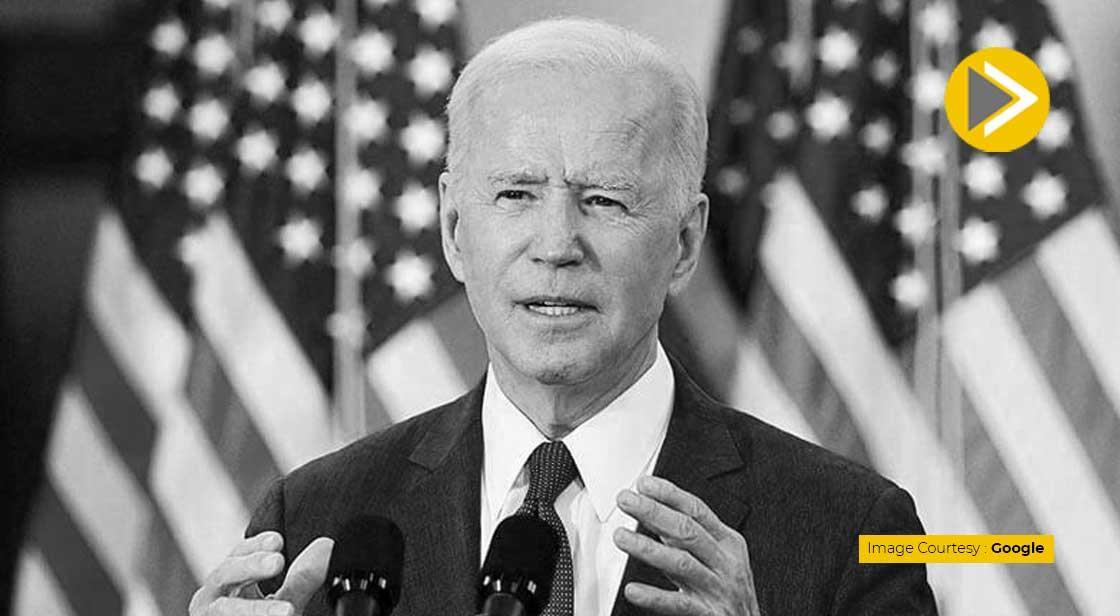President Joe Biden Unveils U.S. Government’s First AI Executive Order

News Synopsis
President Biden Signs Historic Executive Order on Artificial Intelligence
In a significant move, President Joe Biden has introduced a groundbreaking executive order on artificial intelligence (AI) — a first of its kind by the U.S. government. This executive order is a comprehensive step towards addressing key aspects of AI technology, including safety, equity, civil rights, and its impact on the labor market.
Key Highlights of AI Executive Order
The executive order outlines several key components, breaking down its directives into eight significant parts:
New Safety and Security Standards
One vital aspect is the establishment of new safety and security standards for AI. It mandates certain AI companies to share safety test results with the federal government. Additionally, it directs the Commerce Department to create guidance for AI watermarking, enhancing AI security, and launching a cybersecurity program to identify vulnerabilities in critical software.
Protecting Consumer Privacy
Another critical element involves safeguarding consumer privacy by creating guidelines for evaluating privacy techniques used in AI. This provision aims to ensure that AI applications respect user privacy.
Advancing Equity and Civil Rights
The executive order also advances equity and civil rights in AI applications. It provides guidance to landlords and federal contractors to prevent AI algorithms from perpetuating discrimination. It establishes best practices for the role of AI in the justice system, especially in sentencing, risk assessments, and crime forecasting.
Protecting Consumers
In a move to protect consumers, the Department of Health and Human Services is directed to evaluate potentially harmful AI-related healthcare practices. The order also focuses on creating resources for educators on the responsible use of AI tools.
Supporting Workers
To support workers, the executive order calls for a report on the potential labor market implications of AI. It aims to understand how the federal government can assist workers affected by labor market disruptions caused by AI.
Promoting Innovation and Competition
Promoting innovation and competition is another vital aspect. This involves expanding grants for AI research, particularly in areas like climate change, and modernizing the criteria for highly skilled immigrant workers with AI expertise to stay in the U.S.
International Collaboration
The order highlights the importance of working with international partners to establish AI standards globally, emphasizing the collaborative nature of AI development.
Guidance for Federal Agencies
The final component revolves around the development of guidance for federal agencies in their use and procurement of AI. The order also seeks to expedite the government's hiring of skilled AI professionals.
A Pivotal Move for AI Safety
White House Deputy Chief of Staff Bruce Reed emphasized the significance of this executive order, calling it "the strongest set of actions any government in the world has ever taken on AI safety, security, and trust." It represents a milestone in the regulation and standardization of AI technology.
Focusing on AI Development and Concerns
This executive order builds on voluntary commitments secured from leading AI companies and is the first major binding government action in the AI field. It comes at a crucial juncture as concerns regarding AI, including issues of toxic speech, racial bias, and stereotyping, continue to surface with the rapid adoption of generative AI.
Legal Framework and Enforcement
The executive order empowers the Department of Justice and other federal offices to establish standards for investigating and prosecuting civil rights violations related to AI. It also calls for clear guidance to prevent AI algorithms from exacerbating discrimination in various contexts.
Immediate and Gradual Impact
The executive order's directives are expected to have varying timelines for implementation. While some safety and security aspects will see aggressive timelines, potentially within 90 days, other components may take up to a year to be fully realized.
Building on Ongoing AI Actions
This executive order is the latest step in a series of actions taken by the White House to address the development and regulation of AI. It follows discussions, guidelines, and competitions to explore the societal and technical aspects of AI.
Strengthening the AI Workforce
In a bid to bolster the AI workforce, the Biden administration is facilitating opportunities for AI experts to join the federal government, offering relevant job openings on AI.gov.
A Comprehensive Approach
The executive order on AI signifies a comprehensive approach to AI development and its broader societal impact. It positions the U.S. government as a key player in shaping the future of AI technology, emphasizing safety, equity, and innovation.
This executive order heralds a new era in AI governance, ensuring that the benefits of AI are harnessed while addressing potential risks and concerns in a rapidly evolving technological landscape.
Relevant and Latest Facts:
-
According to a UBS study, ChatGPT became the fastest-growing consumer application in history within two months of its rollout in November 2022.
-
In August 2023, the White House challenged thousands of hackers and security researchers to outsmart top generative AI models from the field's leaders, including OpenAI, Google, Microsoft, Meta, and Nvidia.
-
In July 2023, the White House met with seven top AI companies to discuss voluntary commitments in developing AI, including allowing independent experts to assess tools before public debut, researching societal risks related to AI, and allowing third parties to test for system vulnerabilities.









